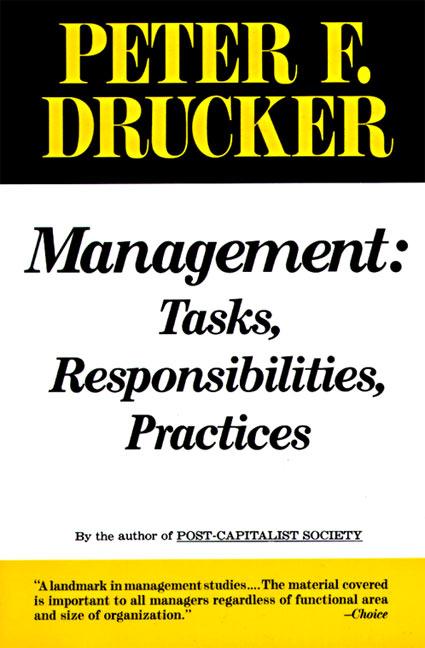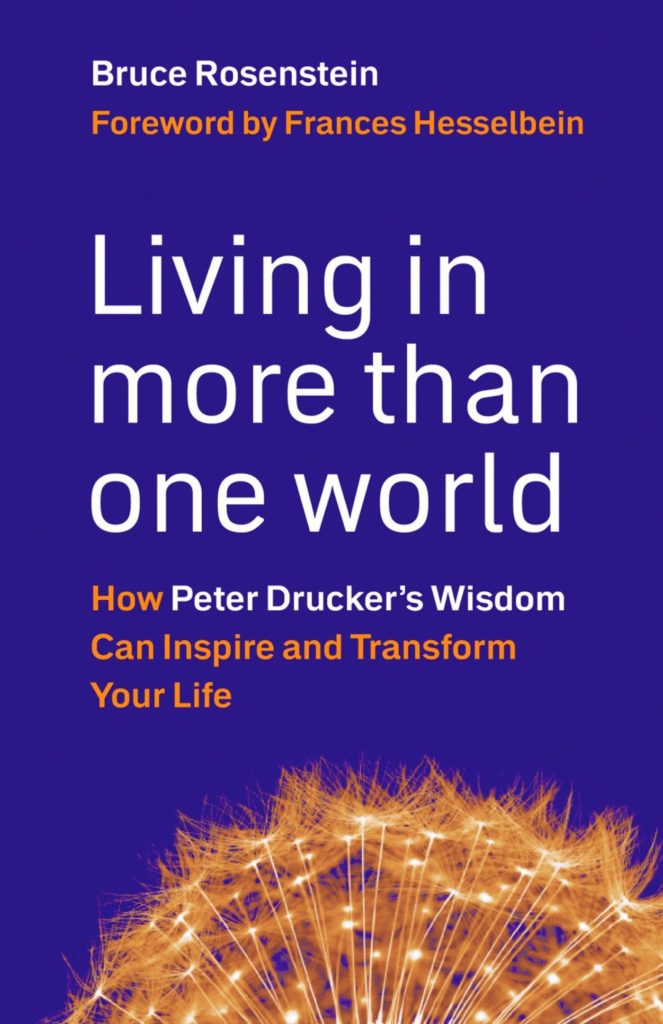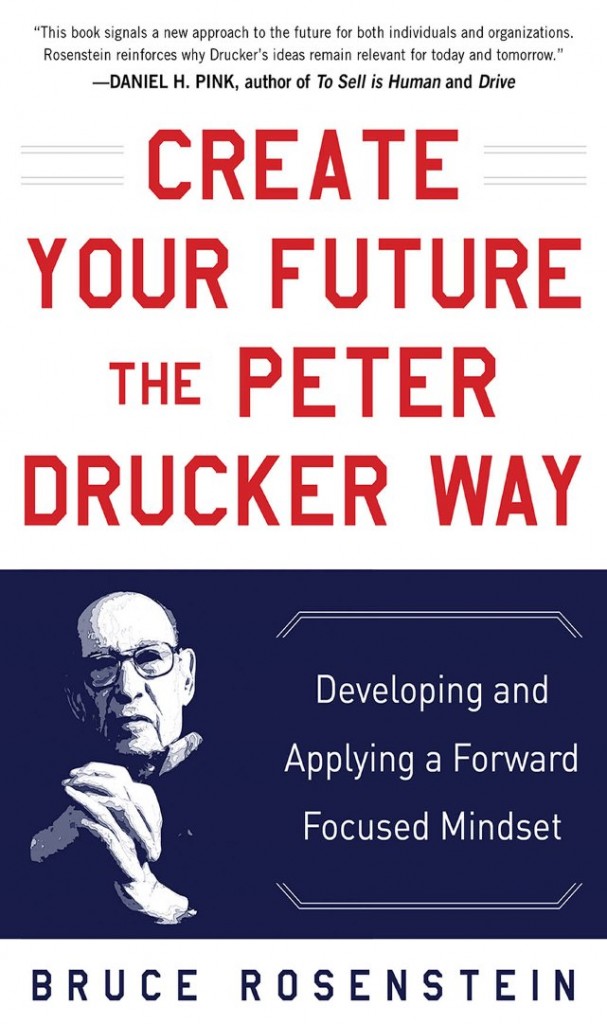
This May marks 35 years of my intense study of the life and work of Peter Drucker. The first day of class in the 1986 summer semester at The Catholic University of America School of Library and Information Science is a vivid mental snapshot. Drucker’s 839-page classic book, Management: Tasks, Responsibilities, Practices was assigned by professor Duane Webster as the textbook for the library management course I was taking. I still have my torn, frayed and much-highlighted paperback copy of the book. Duane, who became a friend many years later, retired in 2008 as executive director of the Association of Research Libraries, and was teaching the course as an adjunct professor. The students did not have to read the entire book, just selected chapters in a short, six-week semester, but Drucker’s ideas and his writing style reached me on a very deep level.
At that point, after my first semester, in which I had taken three courses, I had only a limited awareness of who Drucker was. In a personally-influential course on libraries and information in society I took in the first semester of 1986, we read the updated edition of the futurist John Naisbitt’s Megatrends: Ten New Directions Transforming Our Lives. The book references Drucker, so the seeds were planted in my mind. Naisbitt died at 92 last month, and the professor who taught the course, Dr. Edwin M. Cortez, died in 2018 at 66. Another particularly memorable idea I was introduced to in Dr. Cortez’s class that has served me well during these past 35 years is Thomas S. Kuhn’s concept of the ‘paradigm shift.’ A major text for that course was Kuhn’s groundbreaking book The Structure of Scientific Revolutions.
Drucker’s work ignited and intensified my interest in business and management books. In 1987, not long after getting my Master’s in Library and Information Science from CUA, I became a librarian at USA TODAY. I had considerable writing experience at that point, but it was mainly about rock music. Eventually I pivoted to business and management books, and began writing about them for USA TODAY in 1996, while continuing my work there as a corporate librarian.
My first work on Drucker appeared in USA TODAY in 1997, and I wrote about him there until I left in 2008. During that year, three years after Drucker’s death at 95, in an instance of synchronicity, I reviewed the revised and updated edition of Management: Tasks, Responsibilities, Practices, Management: Revised Edition for USA TODAY. And one year later my first book, Living in More Than One World: How Peter Drucker’s Wisdom Can Inspire and Transform Your Life, was published by Berrett-Koehler.

The intense interest sparked in 1986 by Drucker’s work and life, particularly his role as a professor, gradually led to my desire to teach. This interest heightened in 1994 when I attended a fascinating all-day lecture Drucker gave to hundreds of people in an auditorium at The George Washington University. In 1995, in an instance of mentoring for which I am forever grateful, I was given the opportunity by Dr. Jean Preer to give a guest lecture in her CUA class, about my work in the USA TODAY library. Dr. Preer went on to leadership positions at CUA, and then to Indiana University Luddy School of Informatics, Computing, and Engineering, where she was a professor and an award-winning author before her retirement in 2012.
My guest lecture in Dr. Preer’s CUA class eventually led to becoming an adjunct professor to teach the school’s class The Special Library/Information Center, starting 25 years ago, in May 1996. I’ve taught the course on and off ever since. In a further touch of synchronicity, I’ve taught several times in Marist 213, the same classroom in which I took the management class in 1986 (in a building no longer used by the department of library and information science).
Drucker had a strong following in the library and information science world, which continues to this day. He was one of the keynote speakers (along with Doris Kearns Goodwin) for the Special Libraries Association/SLA 2002 annual conference in Los Angeles. I wrote an eight-month column on Drucker’s life and work for the SLA’s publication, Information Outlook, leading up to the conference. The night before his keynote, I interviewed him for four hours, in his hotel room, and in a Japanese restaurant, for a feature story, “Scandals nothing new to business guru,” in USA TODAY.
The success of that interview emboldened me to start work on what became my first book, but it took seven years to eventually get it published. On July 11, 2009 at the American Library Association annual conference in Chicago, I did my first book signing. Two years later, on June 15, 2011, I presented Create Your Future the Peter Drucker Way, in what became a preview of my book of that name, at the SLA annual conference in Philadelphia.

As I reflect on these related milestones for writing and teaching, I’m reminded of Drucker’s powerful personal example of remaining open-minded, observant, and searching for opportunities. You can’t always know when they will present themselves, but you can recognize them and take advantage while the windows of opportunity are still open.
